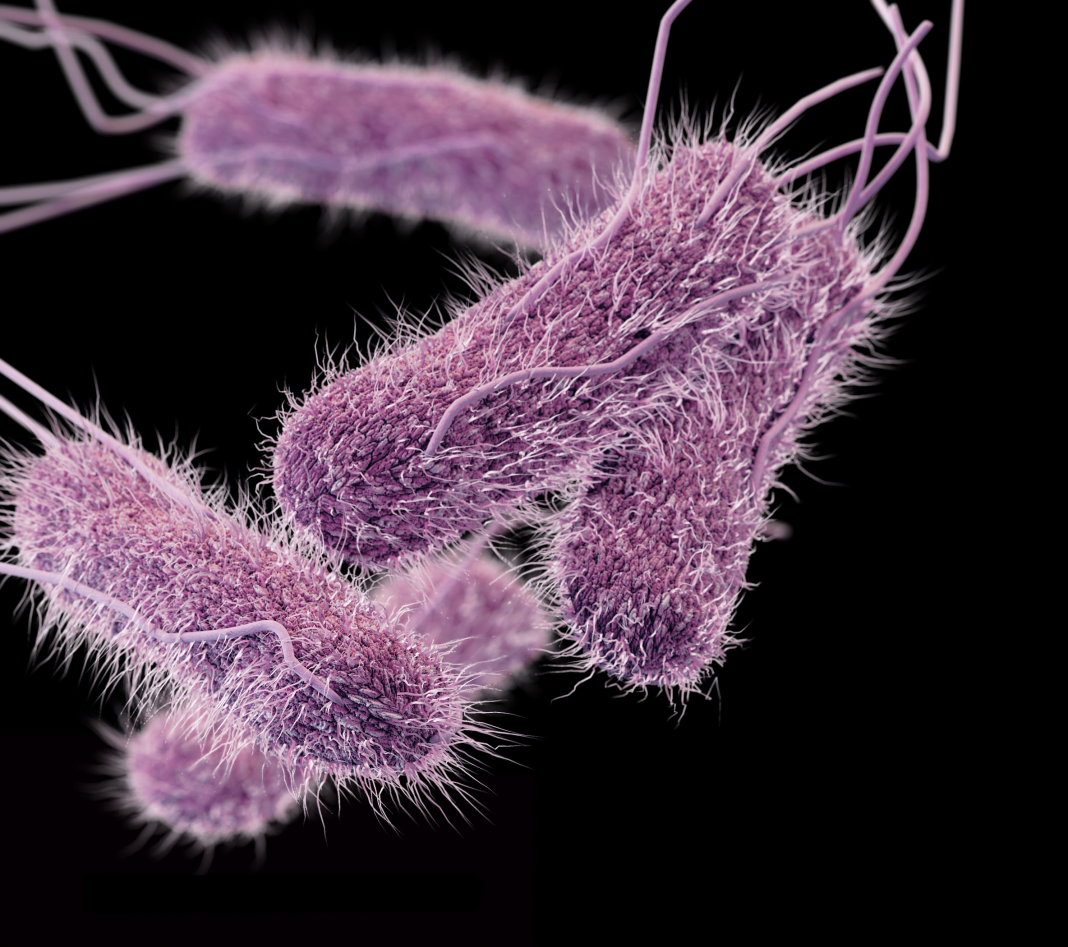Drug resistance in the microbial world is a public health threat that is nearing pandemic proportions globally. While limiting antibiotic use is still seen as one of the best long-term defenses against the spread of resistance genes through bacterial populations, a new study from investigators at the Swiss Federal Institute of Technology (ETH) in Zurich, provides troubling new evidence of a previously unknown mechanism that spreads resistance in intestinal bacteria that is independent of the use of antibiotics.
“Restricting the use of antibiotics is important and indeed the right thing to do, but this measure alone is not sufficient to prevent the spread of resistance,” explained co-senior study investigator Médéric Diard, PhD, professor at the Biozentrum of the University of Basel. “If you want to control the spread of resistance genes, you have to start with the resistant microorganisms themselves and prevent these from spreading through, say, more effective hygiene measures or vaccinations.”
Findings from the new study were published recently in Nature through an article titled: “Salmonella persisters promote the spread of antibiotic resistance plasmids in the gut.”
Often, resistance is mediated by resistance genes, which can simply jump from one bacterial population to the next. It’s a common assumption that the resistance genes spread primarily when antibiotics are used, a rationale backed up by Darwin’s theory: only in cases where antibiotics are being used does a resistant bacterium have an advantage over other bacteria. In an antibiotic-free environment, resistant bacteria have no advantage. This explains why health experts are concerned about the excessive use of antibiotics and call for more restrictions on their use.
Persistent bacteria, also known as persisters, are responsible for this newly discovered resistance-spreading mechanism. Scientists have known for some time that, just like bacteria that carry resistance genes, persisters can survive antibiotic treatment. They fall into a temporary, dormant state and can reduce their metabolism to a minimum, which prevents the antibiotics from killing them. In the case of salmonella, the bacteria become dormant when they penetrate the body tissue from inside the gut. Once they have invaded the tissue, the persisters can live there undetected for months before awakening from their dormant state. If the conditions are conducive to bacterial survival, the infection can flare up again.
Even if the persisters don’t cause a new infection, they can still have an adverse effect, the scientists reported.
“We investigated whether persisters can also promote the spread of resistance plasmids. In contrast to mutations, the transfer of resistance plasmids requires the co-occurrence of both a donor and a recipient bacterial strain,” the authors wrote. “For our experiments, we chose the facultative intracellular entero-pathogen Salmonella enterica serovar Typhimurium (S. Typhimurium) and Escherichia coli, a common member of the microbiota. S. Typhimurium forms persisters that survive antibiotic therapy in several host tissues.”
In experiments with mice, the researchers demonstrated that dormant Salmonella in the gut can pass their resistance genes on to other individual bacteria of the same species and even to other species, such as E. coli from the normal intestinal flora. Their experiments showed that persisters are very efficient at sharing their resistance genes as soon as they awaken from their dormant state and encounter other bacteria that are susceptible to gene transfer.
“We showed that tissue-associated S. Typhimurium persisters represent long-lived reservoirs of plasmid donors or recipients. The formation of reservoirs of S. Typhimurium persisters requires Salmonella pathogenicity island (SPI)-1 and/or SPI-2 in gut-associated tissues, or SPI-2 at systemic sites,” the authors penned. The re-seeding of these persister bacteria into the gut lumen enables the co-occurrence of donors with gut-resident recipients and thereby favors plasmid transfer between various strains of Enterobacteriaceae. We observed up to 99% transconjugants within two to three days of re-seeding. Mathematical modeling shows that rare re-seeding events may suffice for a high frequency of conjugation. Vaccination reduces the formation of reservoirs of persisters after oral infection with S. Typhimurium, as well as subsequent plasmid transfer.”
“By exploiting their persistent host bacterium, the resistance plasmids can survive for a prolonged period in one host before transferring into other bacteria. This speeds up their spread,” explained co-senior study investigator Wolf-Dietrich Hardt, PhD, a professor in the department of biology at ETH.
The researchers now want to take their findings in mice and explore these more closely in livestock that frequently suffer from Salmonella infections, such as pigs. The scientists also want to investigate whether it’s possible to control the spread of resistance in livestock populations with probiotics or with vaccination against salmonella.
“We conclude that—even without selection for plasmid-encoded resistance genes—small reservoirs of pathogen persisters can foster the spread of promiscuous resistance plasmids in the gut,” the authors concluded.


